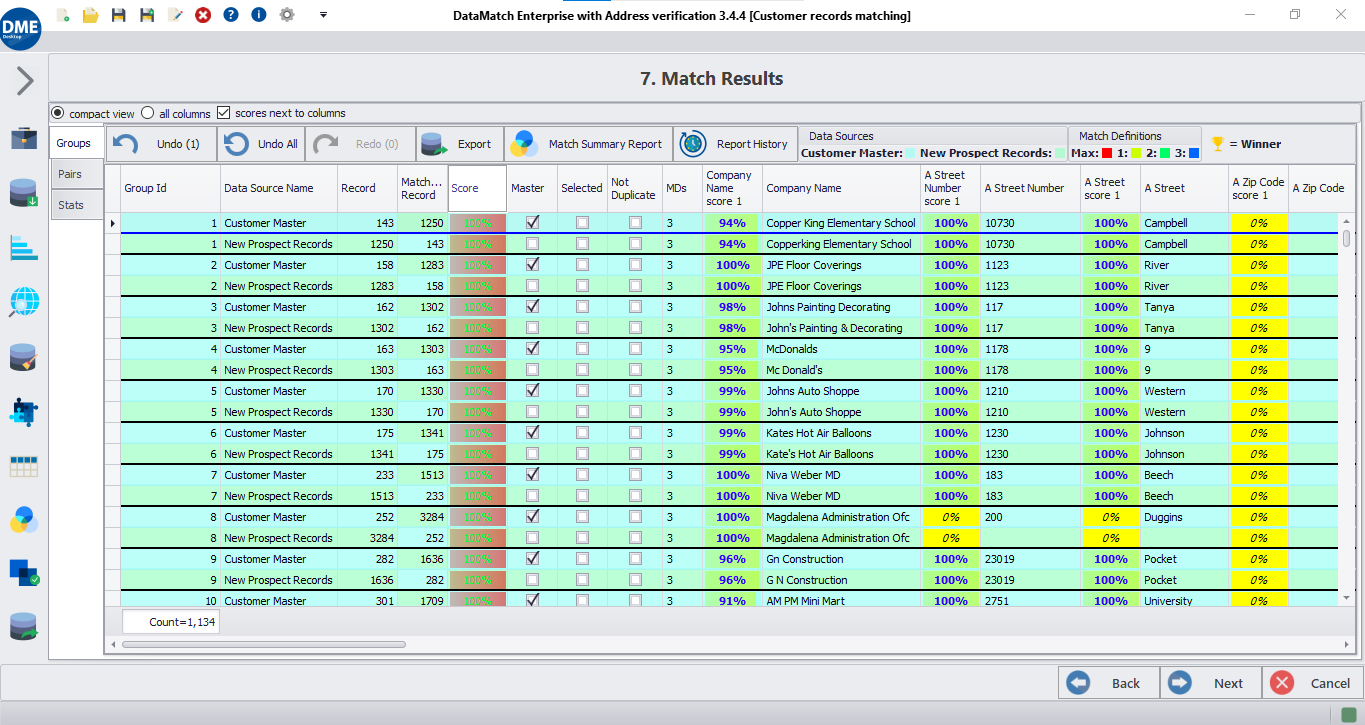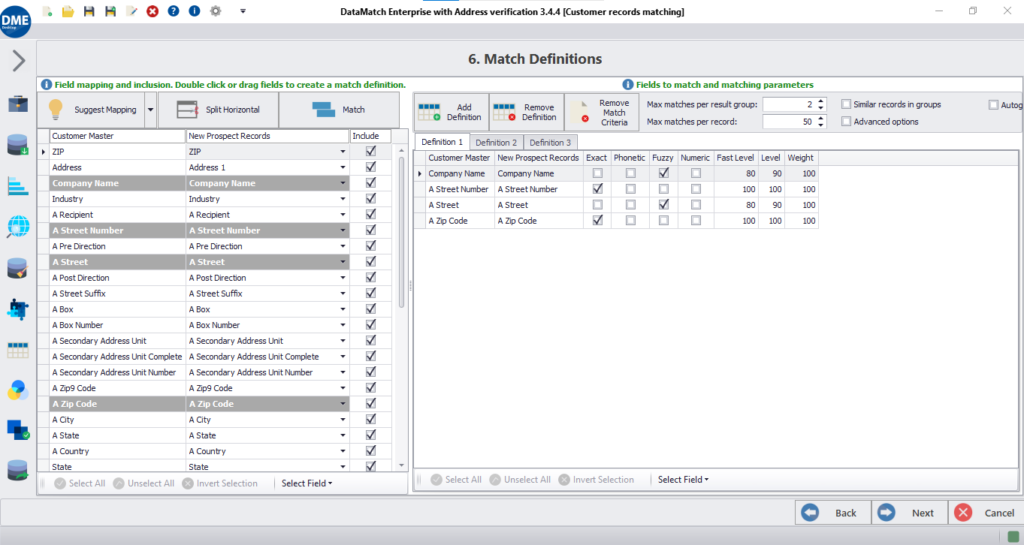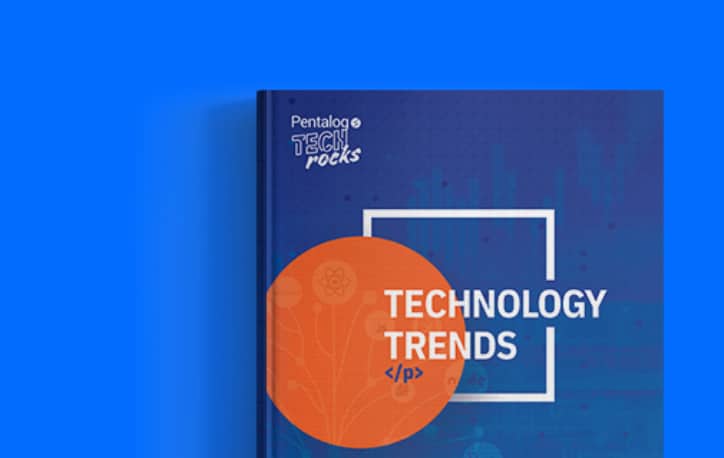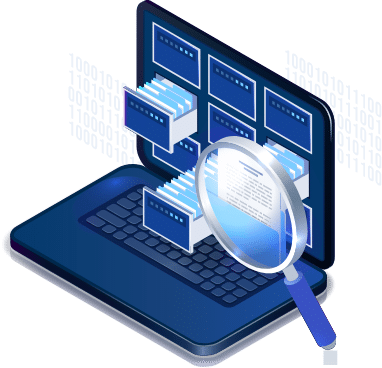Data matching software
Execute proprietary and industry-grade match algorithms – based on custom-defined criteria and match confidence levels – for exact, fuzzy, numeric, or phonetic matching, and visually deduplicate or merge records belonging to the same entity.

Trusted By





Trusted By






DEFINiTION
What is data matching?
Data matching is the process of comparing data values and calculating the degree to which they are similar. This process is helpful in eliminating record duplicates that usually form over time, especially in databases that do not contain unique identifiers or appropriate primary and foreign keys.
In such cases, a combination of non-unique attributes (such as last name, company name, or street address) is used to match data and find the probability of two records being similar.
Benefits
Why do you need a data matching tool?
Execute custom data matching
Weigh in the nature of your data and choose the right matching fields, algorithms and confidence levels to attain the best match results.
Reduce computational complexity
Eliminate duplicate records present in databases and free up storage space to attain quick and timely query results.
Increase operational efficiency
Reduce manual labor, level up data quality, and optimize business processes with automatic data matching technology.
Facilitate any use case
Whether you want to clean mailing lists, detect fraudulent behavior, or match patient records, data matching software can help you out.
Ensure data compliance
Ensure that the records in your databases follow data compliance standards, such as GDPR, HIPAA, CCPA, etc.
Enrich data for deeper insights
Efficiently match organizational data present at different data stores and determine the next best move for your business.
Features
What DME’s data matching can do for you?

DME uses the correct algorithms, combining established and hybrid, depending on the nature of your data. You can, of course, fine-tune the setting to emphasize certain types of data matching, for example, exact, fuzzy , numeric, phonetic, or domain-specific matching.
DME allows you to utilize the match results for subsequent steps of deduping , merging, and purging data records. You can also use the match results and scores to create survivorship rules or perform advanced data analysis – for example, merging records that show a high level of match confidence, or identify households where records have the same (or similar) residential address.
There’s more
What else do you get out of the box?
- Live preview of matched data
- Exact and fuzzy matching algorithms
- Logical AND/OR match expressions
- Data matching within & between sources
- Suggestions for suitable weights & levels
- Scheduler for automatic data matching
- Unique and duplicate record selection
- Fine tuning match confidence levels
User roles
A tool made for everyone

Data analysts

Business users

IT Professionals

Novice users
Features
We take care of your complete DQM lifecycle
Import
Connect and integrate data from multiple disparate sources

Profiling
Automate data quality checks and get instant data profile reports

Cleansing
Standardize & transform datasets through various operations

Matching
Execute industry-grade data match algorithms on datasets

Deduplication
Eliminate duplicate values and records to preserve uniqueness

Merge & purge
Configure merge and survivorship rules to get the most out of data
Want to know more?
Check out DME resources

Merging Data from Multiple Sources – Challenges and Solutions
Oops! We could not locate your form.

Big Data Analytics Is Booming – But Is Your Data Ready for It?
Amazon generates 35% of its revenue from data-powered recommendations. Netflix enjoys an 89% retention rate by personalizing every experience using viewer behavior, preferences, and interaction

Data Ethics in the Age of AI: Why Responsible Matching Matters More Than Ever
When AI systems deliver inaccurate or inequitable results, many people immediately assume that something went wrong in the algorithms. Rarely do we look upstream –

Big Data Analytics Is Booming – But Is Your Data Ready for It?
Amazon generates 35% of its revenue from data-powered recommendations. Netflix enjoys an 89% retention rate by personalizing every experience using viewer behavior, preferences, and interaction

Data Ethics in the Age of AI: Why Responsible Matching Matters More Than Ever
When AI systems deliver inaccurate or inequitable results, many people immediately assume that something went wrong in the algorithms. Rarely do we look upstream –

Why Data Interoperability Challenges Are Holding Back Your Insights – And What to Do About It
Every modern organization thinks it’s interoperable—until the data says otherwise. Your systems are technically connected. APIs are firing. Data is flowing. But when you zoom















































